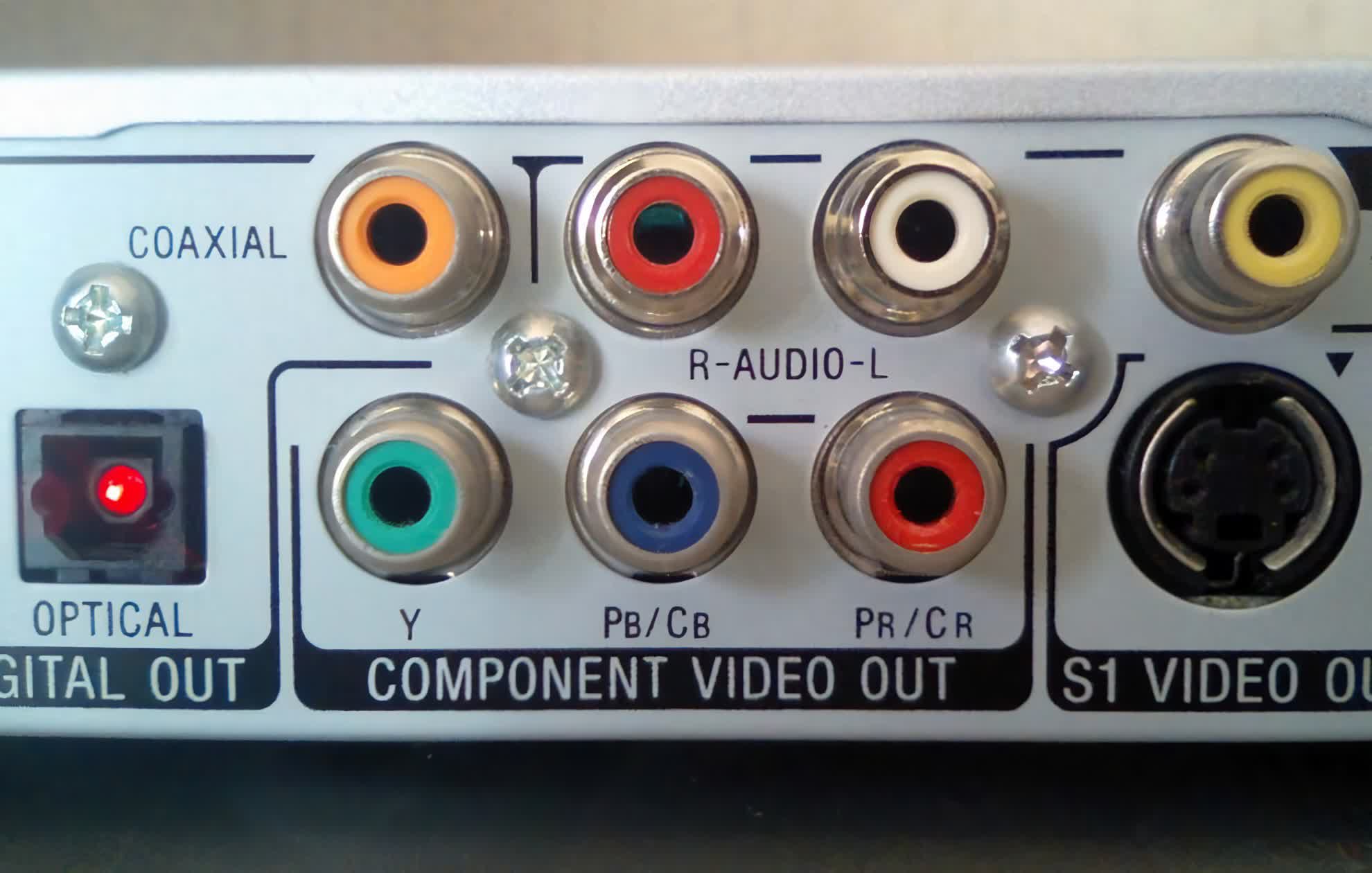Why it matters: Connecting a modern television to standard definition devices from the 80s and 90s, like retro game consoles, typically produces extremely blurry images when using basic HDMI conversion. Numerous companies have offered high-end scalers for years to provide the best possible SD output. However, a new flagship fully utilizes 4K resolution, HDR, and high framerates with numerous options.

Pre-orders have opened for the RetroTINK 4K, starting at $750, and initial stock has quickly sold out. While the price is steep, the device offers an impressive array of features for various uses.
Today's displays can't process signals at low resolutions like 240p, and most only support HDMI input. There are converters, but the cheapest convert composite or S-Video inputs to HDMI at a much lower quality than ancient standard definition screens.

More expensive dedicated scalers like the OSSC, Framemeister, RetroTINK 5X, and others can cleanly and evenly convert retro signals to HD displays for a razor-sharp SD picture. They typically handle numerous old video input formats like composite, component, S-Video, and SCART to accommodate various analog machines.
However, earlier converters are mainly designed for 1080p screens, although the RetroTINK 5X Pro and OSSC Pro reach 1440p. Meanwhile, the RetroTINK 4K takes input signals ranging from 240p to 1080p and converts them to 4K using integer or nearest-neighbor scaling.
The increased resolution can offer the sharpest raw pixels for consoles like the NES, Super NES, or the original PlayStation. Furthermore, users who prefer CRT effects can use the extra pixel real estate to simulate some of the sub-pixel effects of real CRTs for a more accurate image. The RetroTINK 4K also utilizes HDR for additional color customization options.
The jump to 4K benefits consoles like the PlayStation 3, Xbox 360, and Nintendo Switch. Games on those machines frequently output resolutions around 720p, which can look awkward on 1080p displays and even worse in 4K. The gap between those resolutions and 1080p doesn't provide enough elbow room for prior converters, but 4K introduces new integer or nearest-neighbor scaling possibilities. The RetroTINK 4K also works with retro PCs.
RetroTINK's website and the Console Mods wiki contain detailed information about the RetroTINK 4K's specs and features. Those with older consoles or other media devices might want to track the device's availability after it begins shipping on December 9. Another 4K retro conversion box, the Morph 4K, is a bit cheaper at $400 and ships in Q1 2024.
https://www.techspot.com/news/101097-retrotink-4k-scales-old-school-devices-4k-displays.html